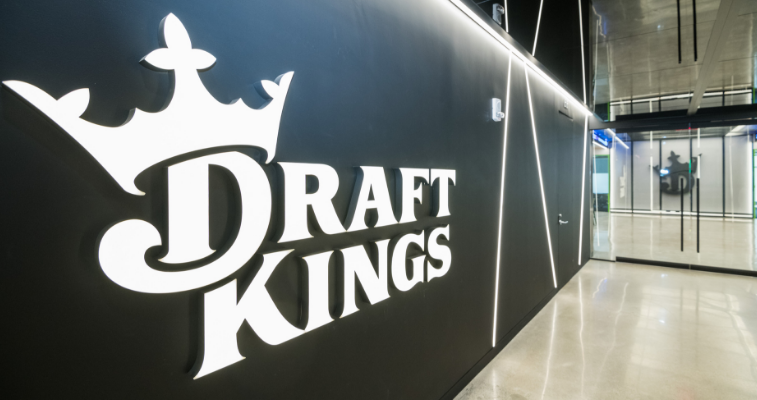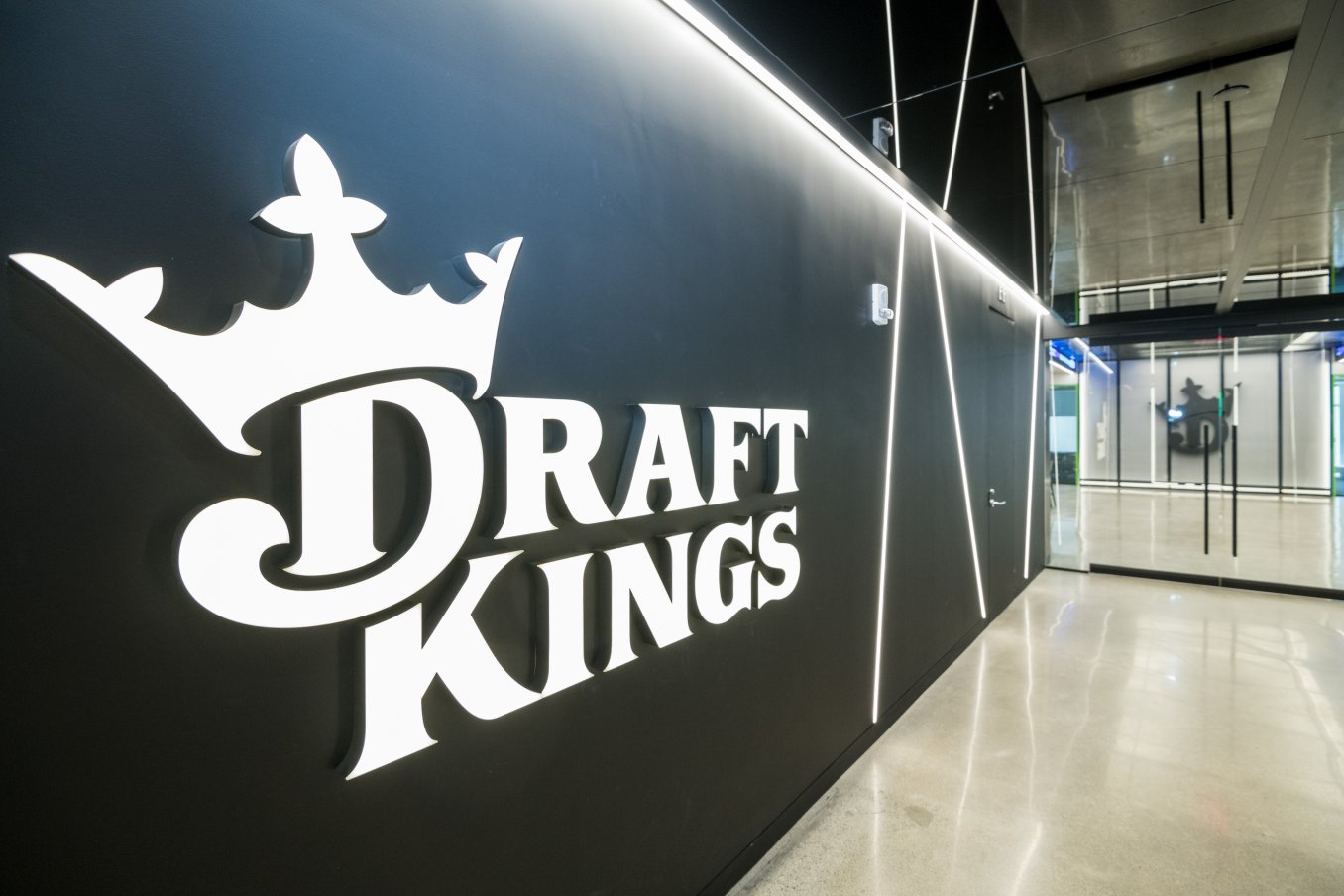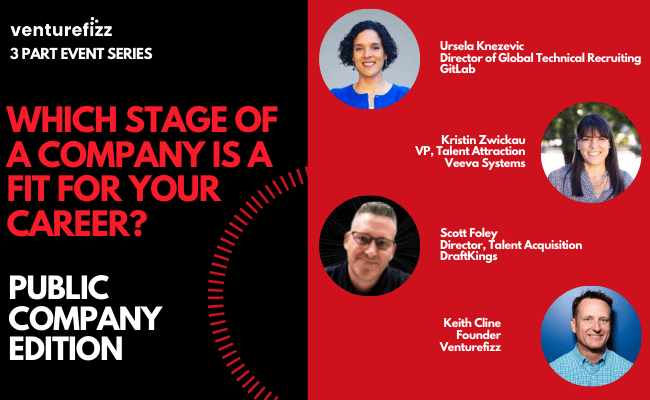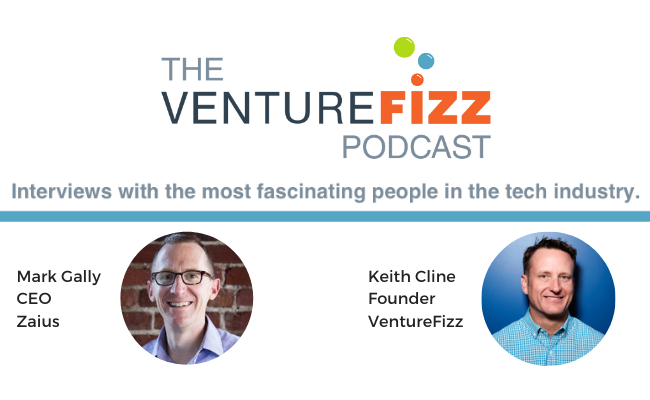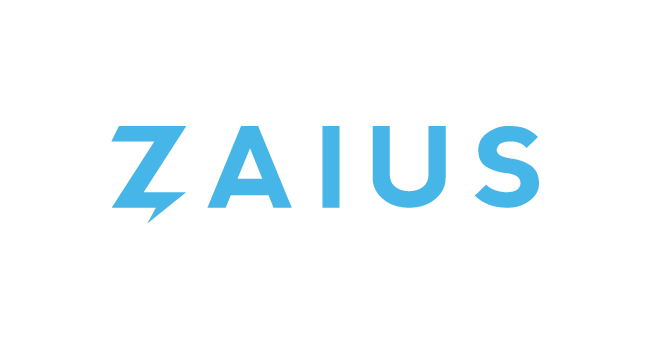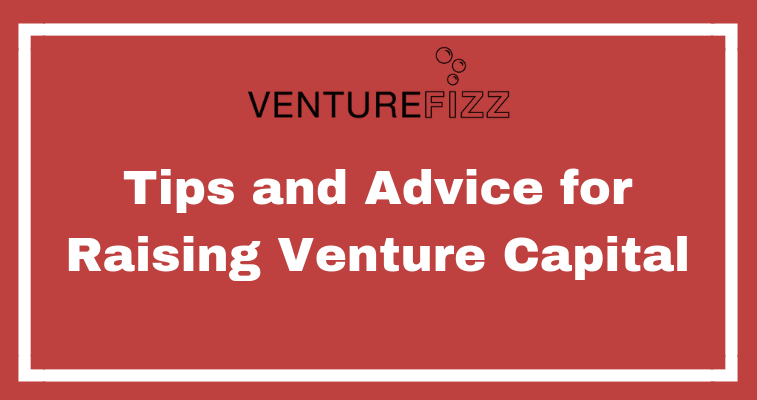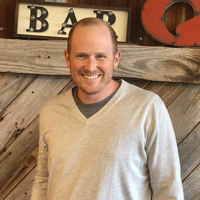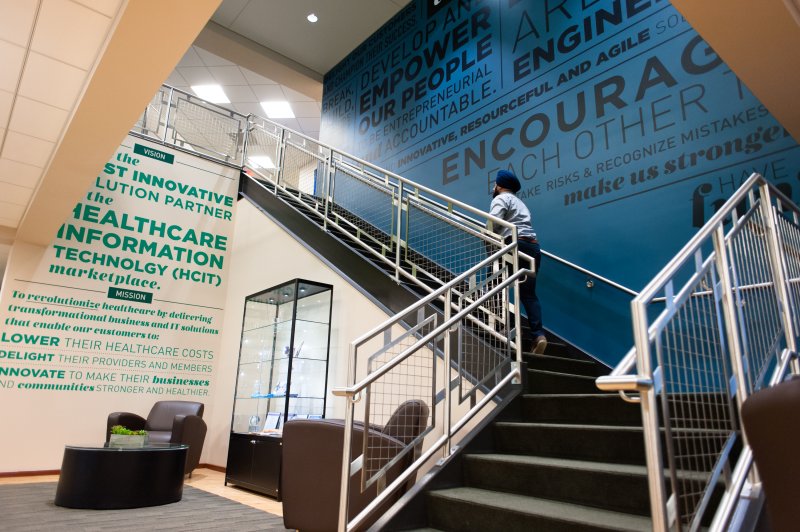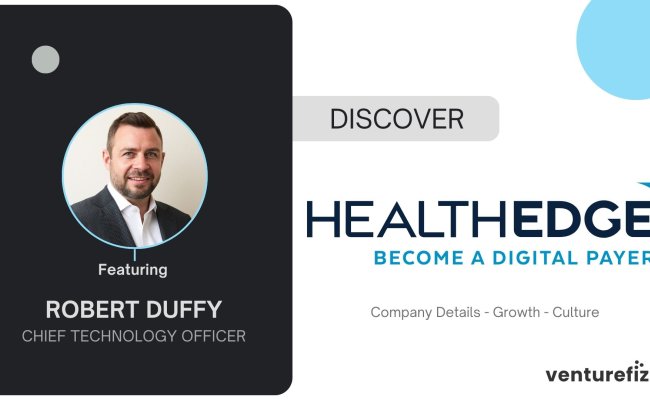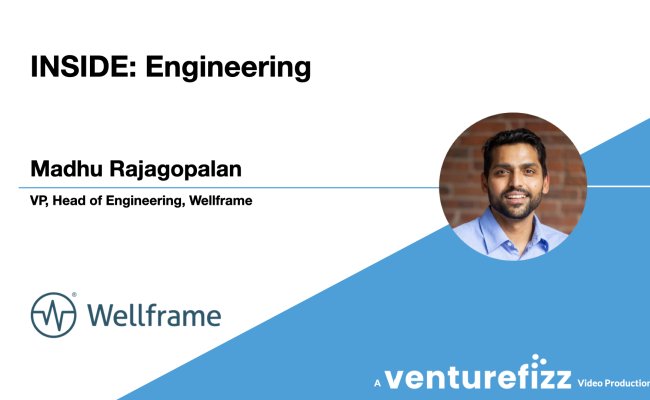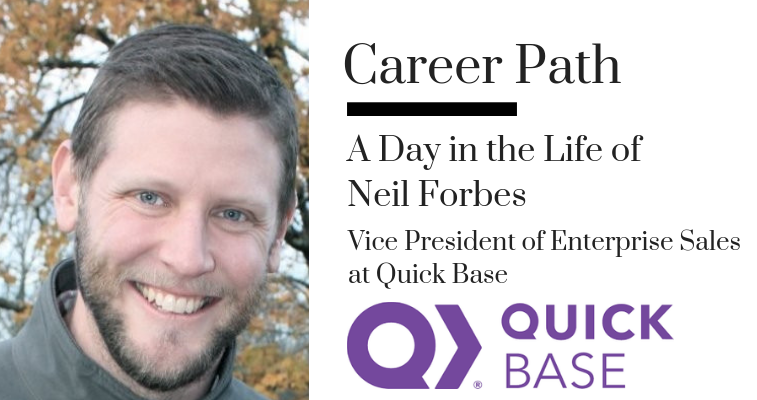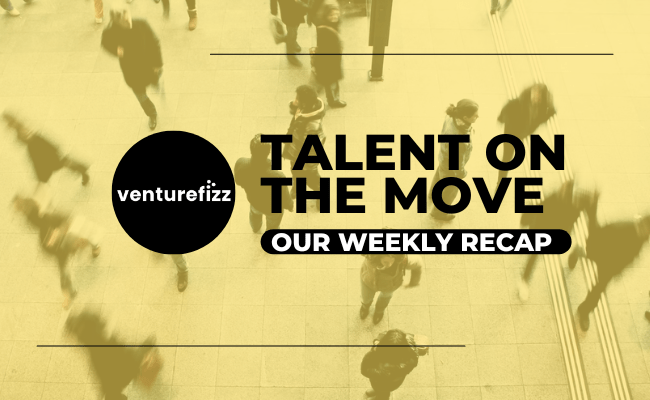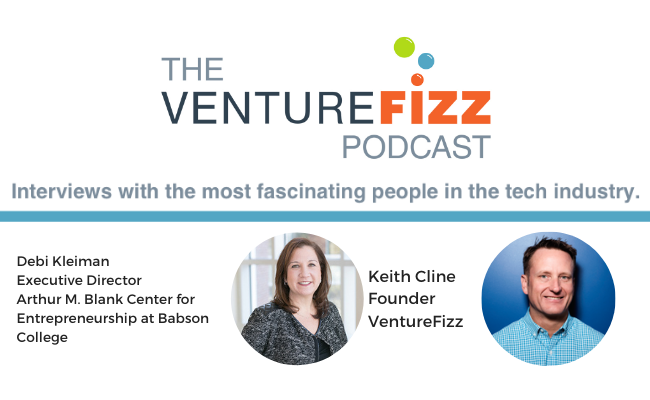I started writing several years ago essentially on a dare. I had been on my first post-divorce date, which I’ll just summarize by suggesting it was an epic fail. (The story of that bad date is itself pretty entertaining, but not relevant to this topic, so I’ll stay focused on the key point here.) While I didn’t make a love connection, I did walk away from the evening with what turned out to be a life-changing challenge.
My date was a writer, and at some point during our dinner, he suggested that I keep a journal as a way of expressing myself. Suffice to say, I didn’t have a fantastic reaction to that idea. Perhaps I wasn’t loving the fact that someone I had just met was making recommendations on how I could get in touch with my inner self. More likely, I think it came down to the notion that I had always viewed myself as a fairly private person. Like, private to the point that in high school I would rarely pass notes to my friends because I never wanted to get caught and have “the wrong” people see what I was thinking.
As I drove home that night, I found myself fixating more on why I had such a negative reaction to the journal idea, rather than diagnosing the cause of my bad date. By the time I walked into my house, I had made a huge decision. In the car, I reminded myself that I am the person who prides herself on always facing my fears head-on, rather than turning away from them. I headed straight for my computer, logged on, and just went for it.
I took to social media and announced that I was going to keep a journal. Who cares, right? I took this approach for two main reasons. For one, I’m self-aware enough to know I’m motivated by what I put out in the universe. For example, if I tell myself I’m going to rip through my personal to-do list this weekend, the likelihood I’ll get it done is slim. However, if I tell someone else my plan to get this done, I am far more likely to achieve that goal. The other reason I chose to share was that I would do this online - yes, publicly - for 365 days. Why would I do something this public, and commit for such a long time? Simple: 1) Because it was the polar opposite of my normal behavior 2) I love a good challenge 3) Maybe, just maybe, I’d learn something from this challenge.
And so I started writing. Every single night before I went to bed, I would sit down, write, and then post. I had a few rules for myself (write like no one is ever going to read it, never use anyone’s name, never speak ill of anyone, etc.) And candidly, I sucked. I hadn’t written anything significant since papers back in college, and would never have suggested that writing was something I was any good at. However, I had committed to myself - and now publicly - that I was going to do this, so there was no turning back. I totally went for it.
To call writing about yourself every single day in a meaningful way a challenging exercise is an understatement. I had also added the extra pressure of thinking about something creative to write on demand every night. I selected my topics in a variety of ways. Sometimes I focused on something noteworthy had happened that day, or perhaps I read a book that triggered a thought. And when I couldn’t think of anything, I would reach out to a semi-random person (think a co-worker, a high school friend from Facebook, etc.) and ask them to share one word with me, with no context as to why they had selected it. Along the way through this self-imposed year of writing, I realized that while I had always been pretty good at connecting with people, I was never a fan of surface level conversations. By asking someone I don’t know well to share a word with me, I accomplished two things. For one, I was able to take that word as a starting place and riff on my interpretation of it. In addition, when I was done, I was able to share my thoughts with the person who had given me the word in the first place and ask them to share what they were thinking when they provided it. BAM! Instant connection opportunity, all based on the sharing of one word.
Last week, I sat through a morning full of interviews with candidates for our new rotation program. I was caught off guard when one of the students brought up my writing. Eager to learn more about the people he was interviewing with, he had dug deep and somehow found an old post I had written about this very topic. As we were wrapping up our conversation, he boldly asked me about it and asked me to share one word with him about what it took to be successful here. After I shared, I turned the tables on him and asked him to share one word with me to write about this week. He chose “perspective.”
So, the new friend that I am pleased to share that we just hired, “perspective” to me means being able to look at things by looking through the lens of other people. I could have taken this word down a bunch of different paths, but today chose to think about perspective in terms of how much mine has evolved since the days when I sat across the table from someone trying to score my first job out of college. I thought I knew so much, and quickly realized I knew nothing. And yet with a combination of the desire to surround myself with people far wiser than I to learn from and my own insatiable curiosity, I built a career I am proud of, and am still learning so much about so many years later. I am also struck by the perspective I got from choosing to take what I could have chalked up as a lousy date night and instead walked away with a nugget of an idea from someone who approaches the world differently than I, and turned it into a life-changing experience.
The older I get, the more I appreciate different perspectives. I find value in learning from others, and find that my best solutions come when I attempt to look through the lens of others. Dr. Wayne Dyer sums it up pretty well for me. “If you change the way you look at things, the things you look at change.” I’m really looking forward to learning about what this student was thinking when he challenged me with this word, as not only will I have the opportunity to start connecting with a new hire, but I also might learn something new from whatever it is he chooses to share.
Lucky me.
Christina Luconi is Chief People Officer for Rapid7. Follow her on Twitter: @peopleinnovator.


